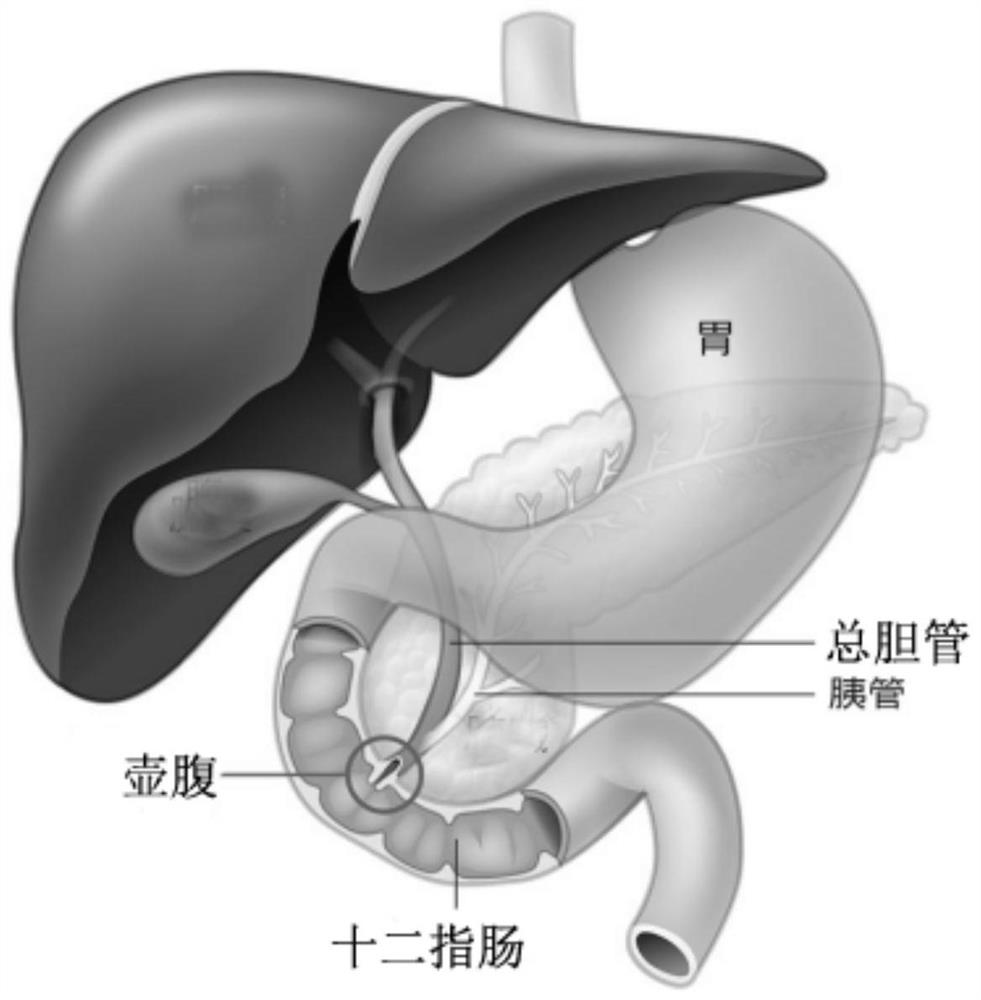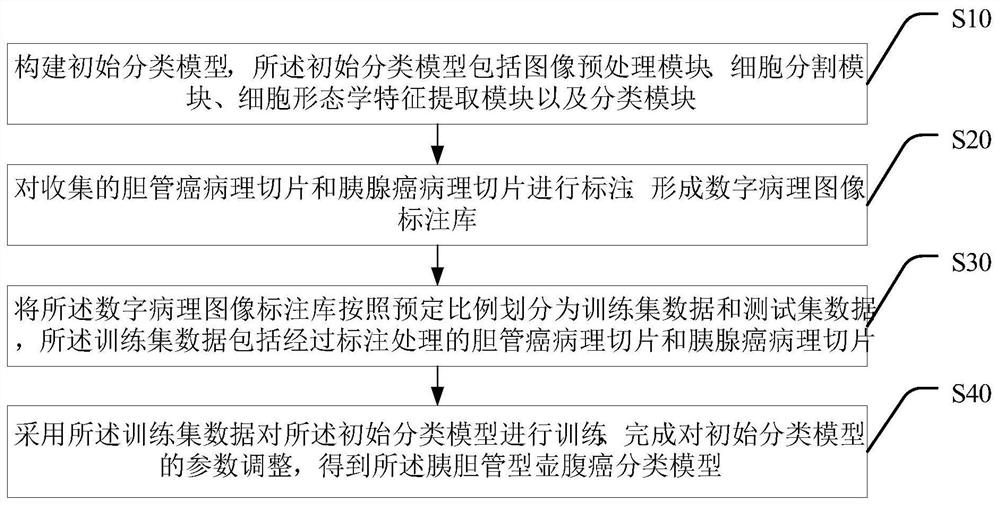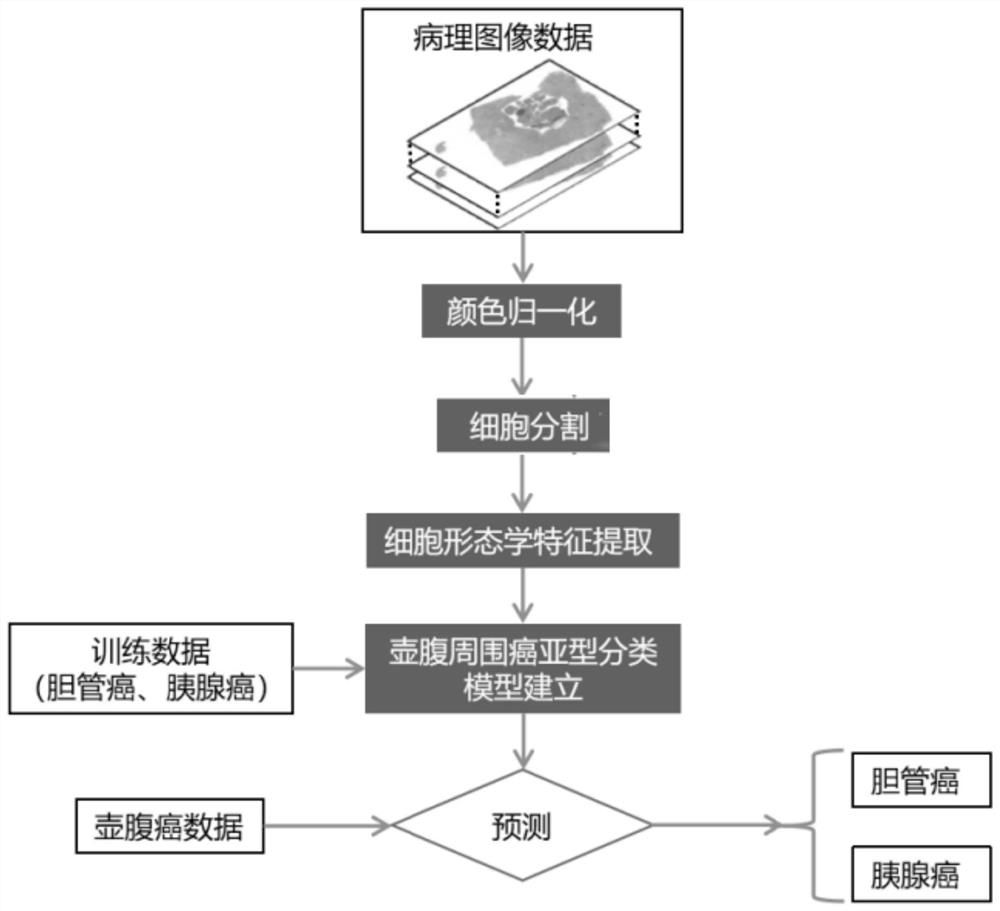Pancreaticobiliary ampulla carcinoma classification model generation method and image classification method
A classification model and ampullary technology, applied in the field of image recognition, can solve the problem of inability to classify the subtypes of pancreaticobiliary ampullary carcinoma pathological sections, and achieve the effect of a good treatment plan
- Summary
- Abstract
- Description
- Claims
- Application Information
AI Technical Summary
Problems solved by technology
Method used
Image
Examples
Embodiment Construction
[0032] The present invention provides a method for generating a classification model of pancreaticobiliary ampullary carcinoma and an image classification method. In order to make the purpose, technical solution and effect of the present invention clearer and clearer, the present invention will be further described in detail below. It should be understood that the specific embodiments described here are only used to explain the present invention, not to limit the present invention.
[0033] At present, there are CT spectral imaging, magnetic resonance (MR) images, morphology, immunohistochemistry, multi-slice spiral CT, magnetic resonance cholangiopancreatography, quantitative analysis of pancreaticobiliary ducts, and imaging techniques for the differential diagnosis of periampullary carcinoma. method. Most of these methods only classify periampullary carcinoma according to its anatomical origin according to the traditional classification method, and only use imaging images (C...
PUM
 Login to View More
Login to View More Abstract
Description
Claims
Application Information
 Login to View More
Login to View More - R&D
- Intellectual Property
- Life Sciences
- Materials
- Tech Scout
- Unparalleled Data Quality
- Higher Quality Content
- 60% Fewer Hallucinations
Browse by: Latest US Patents, China's latest patents, Technical Efficacy Thesaurus, Application Domain, Technology Topic, Popular Technical Reports.
© 2025 PatSnap. All rights reserved.Legal|Privacy policy|Modern Slavery Act Transparency Statement|Sitemap|About US| Contact US: help@patsnap.com



